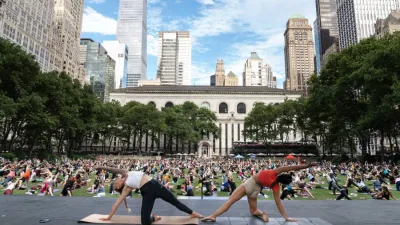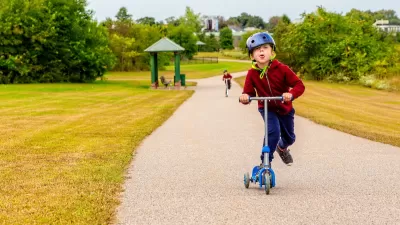Biophilia, originally thought to be an innate and universal love for nature, is now understood as a temperament trait with significant individual differences influenced by genetics and experience.

E.O. Wilson’s concept of biophilia, introduced in his 1984 book, proposes that humans possess an innate and universal love for the natural world. This idea has significantly influenced urban planning and architecture, promoting the integration of natural elements into human environments. However, Wilson himself later revised his stance, acknowledging biophilia as a set of learned behaviors rather than a singular instinct. Recent critiques, like those from Vanessa Woods and Melina Knuth, challenge the universality of biophilia, suggesting instead that it reflects individual differences and should be viewed as a temperament trait—a specific attraction to biodiversity shaped by both genetic and experiential factors.
Research supporting the Biophilia Reactivity Hypothesis highlights that not everyone responds positively to nature, with studies showing variations in stress levels when individuals are exposed to natural versus urban settings. For instance, while most participants experienced reduced cardiovascular stress in forests, a notable minority found such environments more stressful. These findings align with the hypothesis that biophilia is distributed along a spectrum, much like other psychological traits. Anecdotal and early research suggest that biophilic tendencies may emerge in childhood, influenced by both genetic predispositions and upbringing, as seen in children with a pronounced affinity for animals and nature.
This evolving understanding of biophilia opens doors to new research avenues, including the development of a Biophilia Quotient Scale to measure individual differences. Such a tool could explore the connections between biophilia and various life aspects, such as personality, career choices, and environmental advocacy. Understanding these individual differences could refine our approaches to conservation, urban planning, and education, tailoring them to better resonate with diverse human experiences of the natural world.
FULL STORY: Is Love of Nature in Our Genes?

Maui's Vacation Rental Debate Turns Ugly
Verbal attacks, misinformation campaigns and fistfights plague a high-stakes debate to convert thousands of vacation rentals into long-term housing.

Planetizen Federal Action Tracker
A weekly monitor of how Trump’s orders and actions are impacting planners and planning in America.

San Francisco Suspends Traffic Calming Amidst Record Deaths
Citing “a challenging fiscal landscape,” the city will cease the program on the heels of 42 traffic deaths, including 24 pedestrians.

Defunct Pittsburgh Power Plant to Become Residential Tower
A decommissioned steam heat plant will be redeveloped into almost 100 affordable housing units.

Trump Prompts Restructuring of Transportation Research Board in “Unprecedented Overreach”
The TRB has eliminated more than half of its committees including those focused on climate, equity, and cities.

Amtrak Rolls Out New Orleans to Alabama “Mardi Gras” Train
The new service will operate morning and evening departures between Mobile and New Orleans.
Urban Design for Planners 1: Software Tools
This six-course series explores essential urban design concepts using open source software and equips planners with the tools they need to participate fully in the urban design process.
Planning for Universal Design
Learn the tools for implementing Universal Design in planning regulations.
Heyer Gruel & Associates PA
JM Goldson LLC
Custer County Colorado
City of Camden Redevelopment Agency
City of Astoria
Transportation Research & Education Center (TREC) at Portland State University
Jefferson Parish Government
Camden Redevelopment Agency
City of Claremont





























